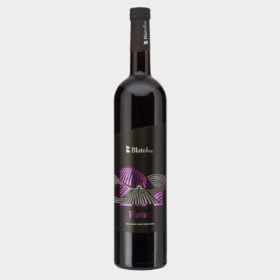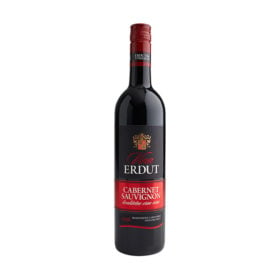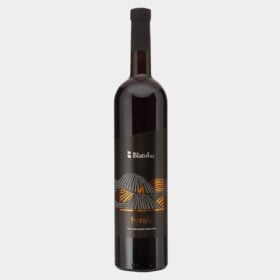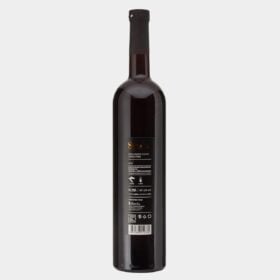Red wine from Croatia
Red wine is very popular in Croatia. The country has a great diversity of red wines. Many of these Croatian wines are made from genuine authentic Croatian grape varieties such as the Plavac mali, Frankovka, Zweigelt† Rode wine from Croatia is available in various flavors, both dry red wine as (semi) sweet Red wine.
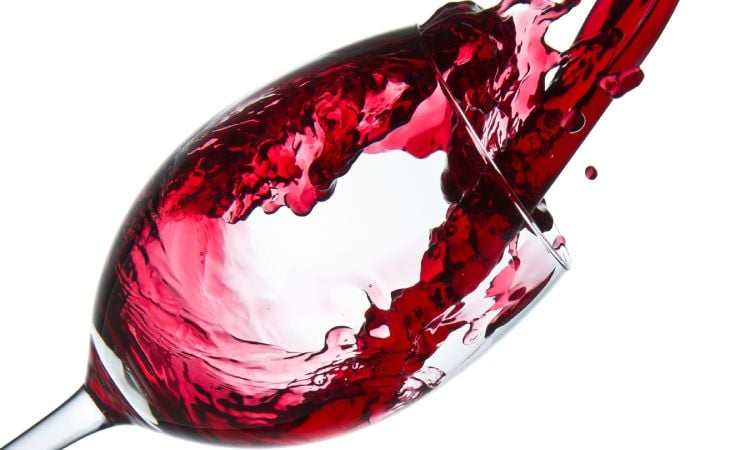
Shows all 4 results
- Original price was: 19,98. 13,99Current price is: 13,99. Add to cart
Shows all 4 results
Discover the richness of Croatian red wines
If you're looking for the ultimate wine experience, look no further. Croatia offers a wealth of delicious red wines that will enchant your taste buds. From the continental region to the coast, each wine-growing region in Croatia has its own distinctive red wine varieties that make for an unforgettable wine experience.
Unique Croatian red wine
Red wines are produced in all Croatian wine-growing regions. In the continental region, red wines account for 30 percent of production.
The most common red wines in Croatia are Plavac Mali, Teran, Dingac, Frankovka, Portugizac, Cabernet Sauvignon, Merlot, Pinot Noir and Syrah.
In the coastal wine-growing region, 60 percent of the wine produced is red, and the most represented varieties are local: Teran, Babić, Plavac Mali and Plavina. International red wine varieties include Cabernet Sauvignon, Cabernet Franc, Merlot and Syrah.
Teran comes from Istria and produces red wine that is strikingly refreshing and lighter in complexity, and its palate offers distinctive tannins that sometimes give it an astringent taste. Teran goes best with roasted lamb, Istrian beef steak ('Boškarin') and mature sheep's milk cheese with truffles. There are reports of it Teran dating back to ancient Roman times, which states that the mother of Emperor Claudius lived to a very old age thanks to the wine produced from this variety.
Babić is a native red grape variety that produces a very drinkable, heavy wine with a deep red color, with the aroma of sour cherries and plums. The most famous wines of Babić come from the terraces of Primošten, known as the terade.
Plavac Mali is a direct descendant of the Dalmatian red grape variety Crljenak (Zinfandel) and Dobričić. Plavac Mali is used to produce the best known and best Croatian wines such as Dingač, Postup, Stagnum, Zlatan Plavac, Plavac Mali, Murvica and many more.
Portugizac is an indigenous variety used to produce red wine in the Plešivica sub-region, and is most often consumed as new wine, such as the Beaujolais in France. The reds of this region are a bit fresher and more elegant, with considerable richness of mineral notes, while the reds from the eastern part of Croatia are more discreet in aroma, with well-rounded bodies.
In the 19th century, when Phylloxera destroyed the vineyards in France, Dalmatia exported its wines there, and the French, having tasted the Dalmatian wines, concluded that Dalmatia produces fiery wines.
How is red wine made
When making red wine, the temperature of the grape must plays a crucial role in extracting color from the grape skins. Red grape juice is usually squeezed quickly from the skins to avoid contact with the pips, which can cause bitter flavors. The result is a wonderful variety of clear, ruby red wines with different intensities. They offer a perfect balance between alcohol content, acidity, tannins and pronounced fruit aromas.
Red wine is made from dark-colored grape varieties. The actual color of the wine can vary from intense violet, typical for young wines, to brick red for mature wines and brown for older reds. The juice of most purple grapes is greenish white, with the red color coming from anthocyanin pigments (also called anthocyanins) in the skin of the grape; exceptions are the rather rare teinturier varieties, which produce a red colored juice.
Anthocyanins and other pigment chemicals from the grape skin are dissolved and suspended in the wine, working together with tannins in the wine to give the wine a pink to violet hue. Some winemakers use the name purple instead of red when it comes to their wines because red wine from purple grapes can appear more violet than red.
In winemaking, the temperature of the grape must is important to extract the color from the grape skins. If the must is overheated, the anthocyanins are expelled as gas into the atmosphere and are lost from the wine. The juice of red grapes is usually quickly squeezed from the skins to avoid contact with the seeds, which can impart bitter flavors to the wine.
White wine is made from white grapes, which are actually greenish-yellow in color. The skins of these grapes do not contain pigment molecules that dissolve and color the wine. Anthocyanin pigments are found in the skins of black grapes, but these varieties are not used to make white wine.
The color of a wine is also influenced by its aging in barrels. During this time, oxygen can enter the wine and interact with the anthocyanins, causing them to lose their color and turn brown. This process is called oxidation. Winemakers can control the amount of oxygen entering the wine by topping up the barrels (replacing the wine lost through evaporation) with wine or a nitrogen-based gas.
As red wine ages, it often becomes lighter in color as the anthocyanins slowly oxidize. The wines can also take on a more orange hue as they age, due to the interaction of anthocyanins with molecules called polyphenols.
Difference in the red wines
Depending on the location, microclimatic conditions, varieties, method of grape processing, vinification and maturation, regular red wines come on the market as bright, ruby red of varying intensity. They are moderately alcoholic, moderate to high acidity, moderate intensity of tannin ripeness and pronounced fruit flavors.
Red wines from predicate harvests (such as vrhunsko vino) are much more complex, have specific aromas associated with noble fermentation of the grapes (except in the late harvest), are dense, syrupy and extremely rich in composition.
Discover the wonderful diversity of Croatian red wines and be enchanted by the unique flavors and aromas. Whether you are a seasoned wine connoisseur or simply want to enjoy a good glass of red wine, our selection of Croatian red wines will meet all your expectations. Enjoy the essence of sophistication and taste with Croatia's extraordinary red wines.

